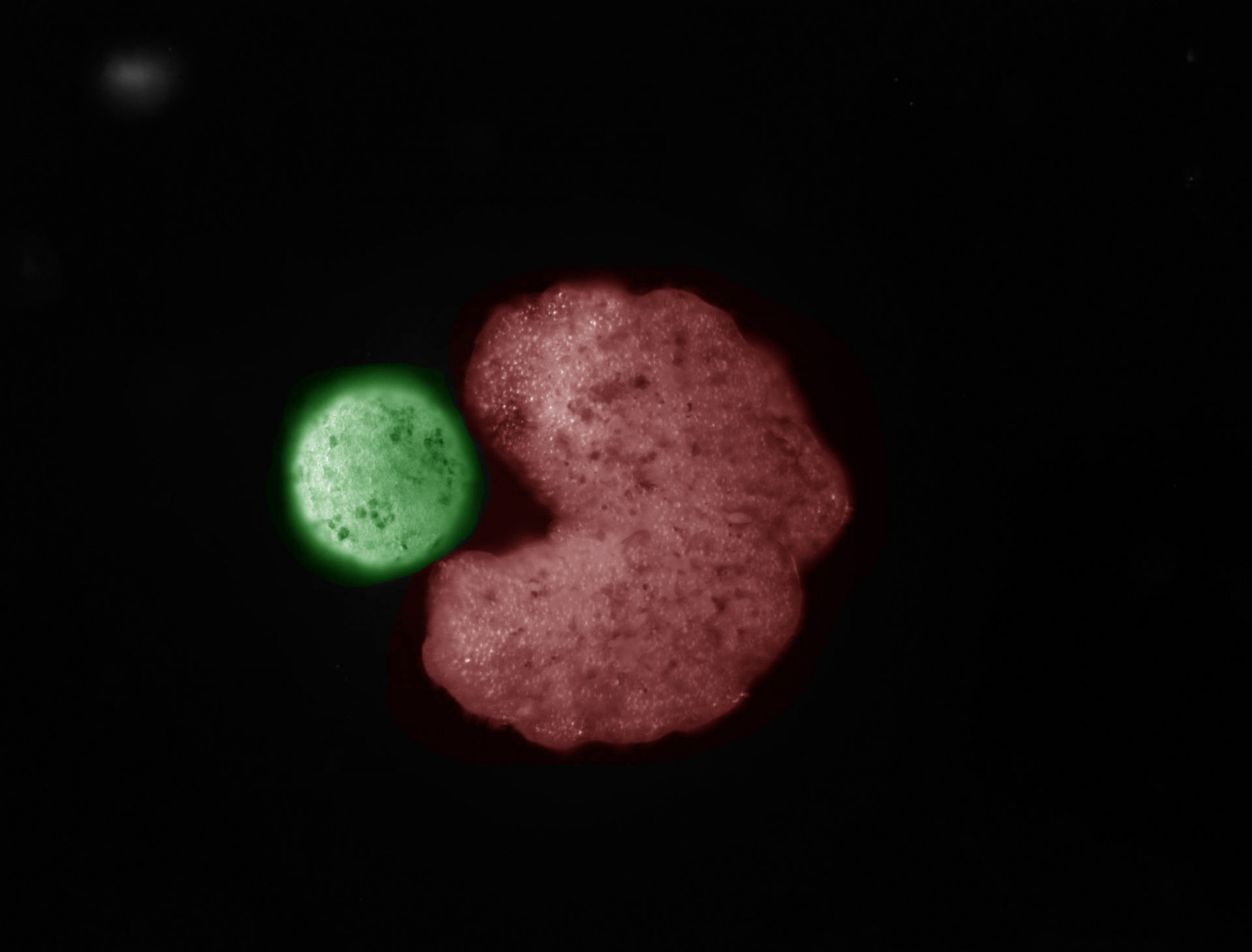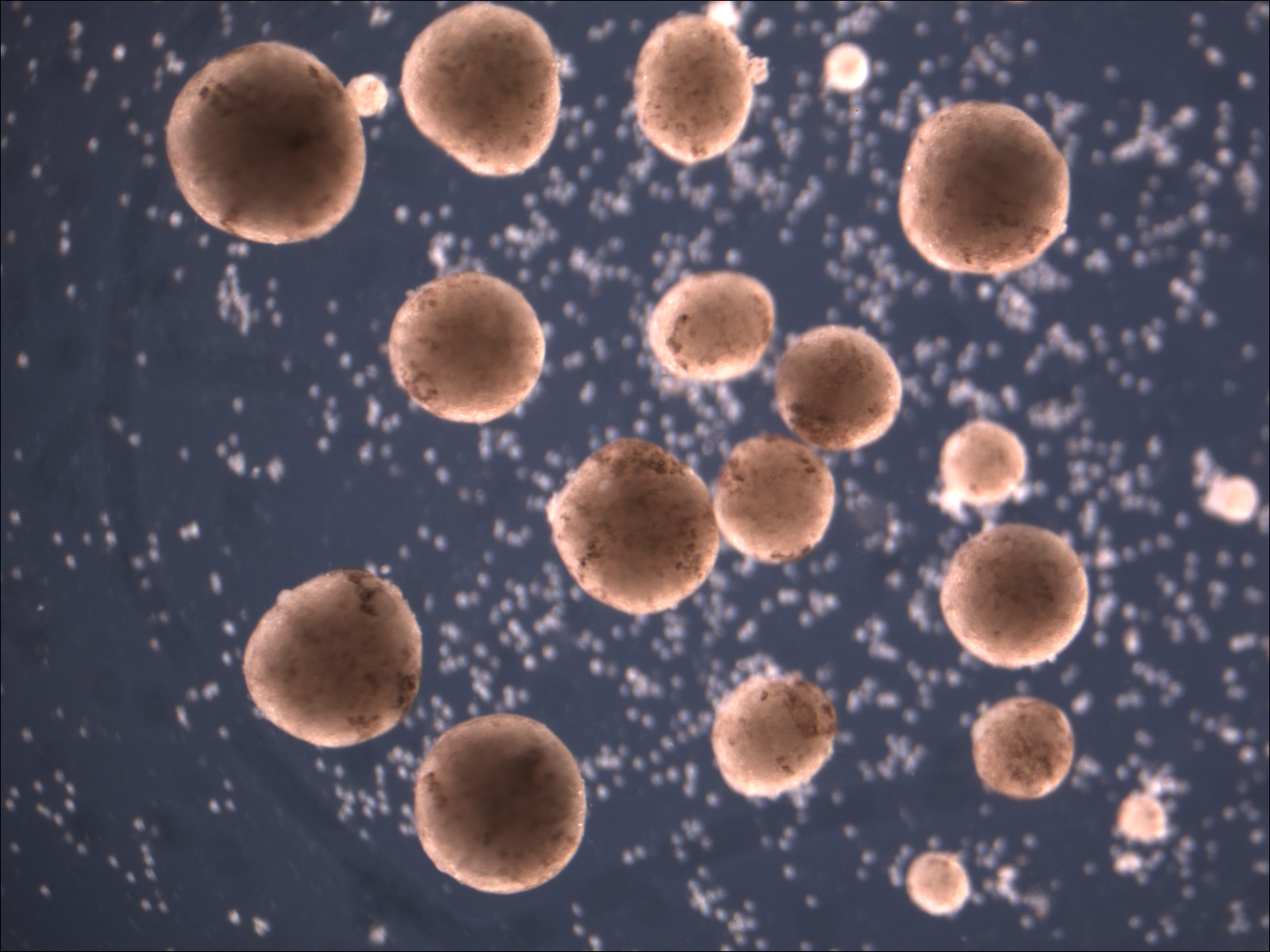Known as Xenobots, the organisms use an entirely novel form of biological self-replication, according to new research in the Proceedings of the National Academy of Sciences. The study authors discovered that the machines can gather hundreds of single cells and assemble them into “baby” Xenobots. After a few days, the offspring evolve to look and move just like their parents. The progeny can then repeat the process over and over again. “People have thought for quite a long time that we’ve worked out all the ways that life can reproduce or replicate,” said study co-author Douglas Blackiston, the senior scientist at Tufts University, in a statement. “But this is something that’s never been observed before.” The millimeter-wide Xenobots are assembled from living cells scraped from frog embryos. Confined to Petri dishes, their lives are very different from those of their amphibious ancestors. “They would be sitting on the outside of a tadpole, keeping out pathogens and redistributing mucus,” said Michael Levin, a biologist at Tufts University and co-leader of the new research. “But we’re putting them into a novel context. We’re giving them a chance to reimagine their multicellularity.” Independently, a Xenobot can produce children, but the system normally dies soon after. To give the parents a chance to see their kids grow up, the researchers turned to AI. The team used an evolutionary algorithm to test billions of potential body shapes in simulation. The system was designed to find forms that would be effective for the self-replication method. One of its eye-catching creations resembled Pac-Man. “It’s very non-intuitive,” said Sam Kriegman, the lead author of the new study.” It looks very simple, but it’s not something a human engineer would come up with. Why one tiny mouth? Why not five?” The researchers then built a Xenobot in this shape and tested its child-rearing skills. They discovered that the AI-designed parent could use its Pac-Man-shaped “mouth” to compress stem cells into a circular offspring. Their children then built grandchildren, who built great-grandchildren, who built great-great-grandchildren. A Xenobot dynasty was taking shape. Although the Xenobots could previously work in groups, self-heal, and even record memories, this is the firm time they’ve been able to raise a family. That may evoke terrifying visions of self-replicating robot swarms, but the researchers envision more optimistic outcomes. They believe their system could advance numerous technologies, from living machines that clean up microplastics to new medications. Levin, the study’s co-author, is particularly excited about the potential in regenerative medicine: Ultimately, these lessons will determine the legacy of the Xenobots.


